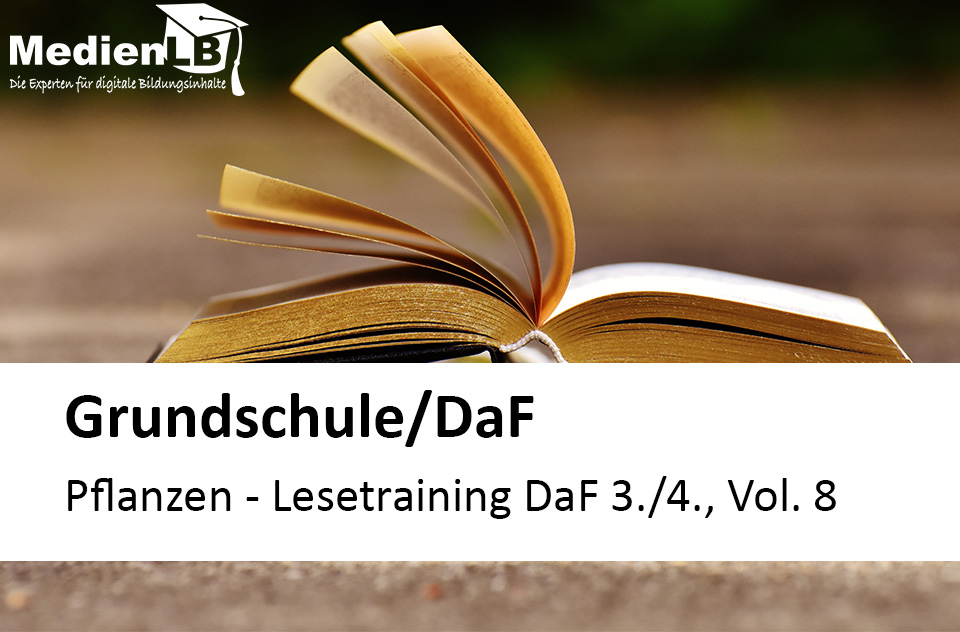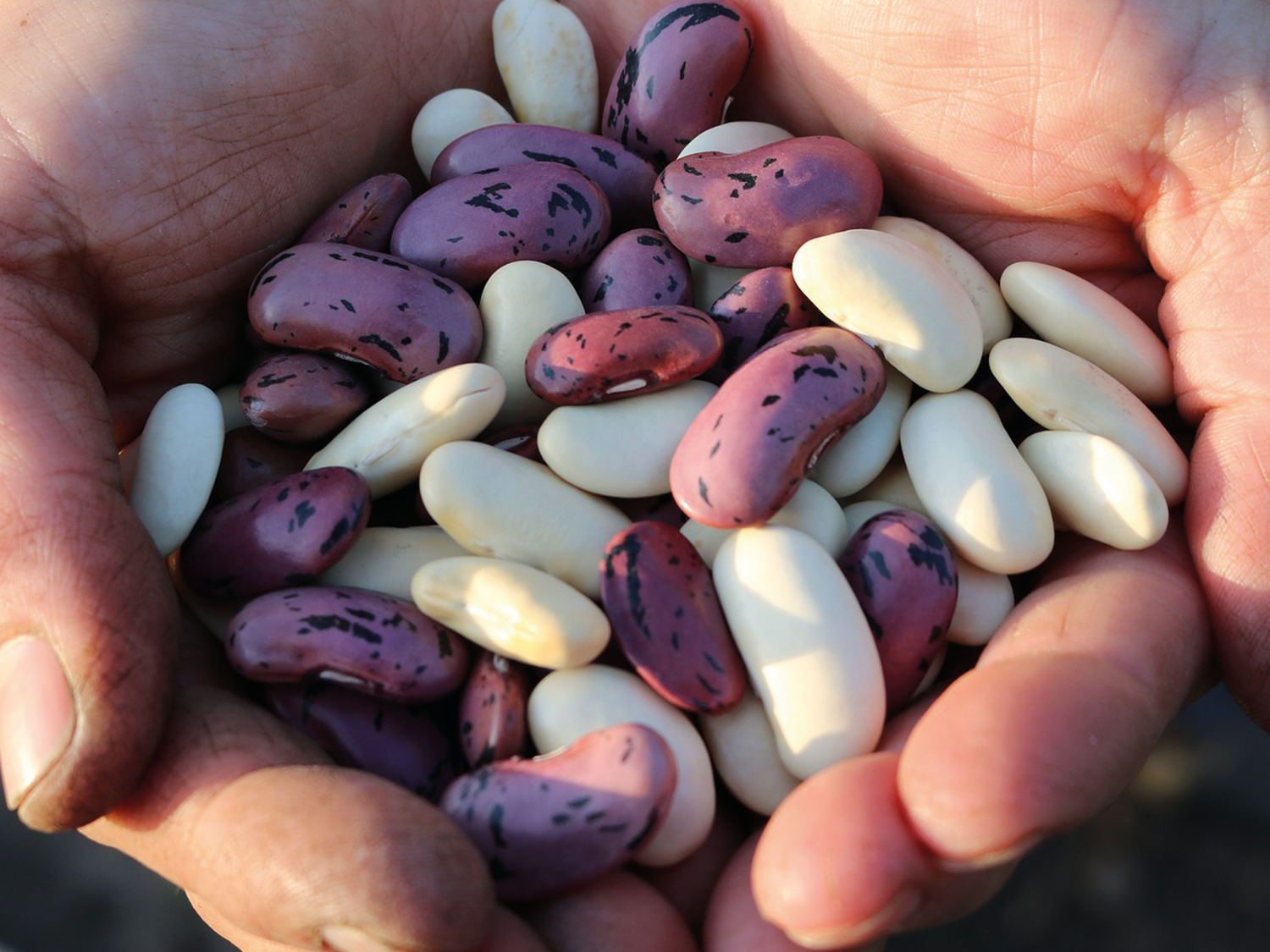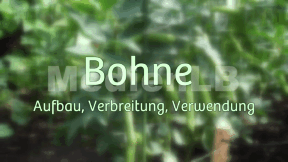
55505062
Pflanzen – Lesetraining DaF 3./4., Vol.8
Das Medium bietet H5P-Aufgaben an, die ohne zusätzliche Software verwendbar sind.
Durch interaktive Aufgabentypen wird das audiovisuelle und interaktive Lernen einfach.
Lernen macht jetzt Spaß!
Included Tasks
- 1. Schneeglöckchen - Sachtext - Lesetraining
- 2. Schneeglöckchen - Lesetraining - Lückentext
- 3. Schneeglöckchen - Ein Wort zu viel - Lesetraining
- 4. Markiere alle Tunwörter (Verben) (Text: Schneeglöckchen)
- 5. Verbinde die Satzanfänge - Schneeglöckchen
- 6. Bewerte die folgenden Aussagen (Thema: Schneeglöckchen)
- 7. Schokolade - Sachtext - Lesetraining
- 8. Schokolade - Ein Wort zu viel - Lesetraining
- 9. Schokolade - Lesetraining - Lückentext
- 10. Verbinde die Satzanfänge - Schokolade
- 11. Bewerte die folgenden Aussagen (Thema: Schokolade)
- 12. Seide - Sachtext - Lesetraining
- 13. Seide - Lesetraining - Lückentext
- 14. Seide - Ein Wort zu viel - Lesetraining
- 15. Markiere alle Tunwörter (Verben) (Text: Seide)
- 16. Verbinde die Satzanfänge - Seide
- 17. Bewerte die folgenden Aussagen (Thema: Seide)
- 18. Spinat - Sachtext - Lesetraining
- 19. Spinat - Lesetraining - Lückentext
- 20. Spinat - Ein Wort zu viel - Lesetraining
- 21. Markiere alle Nomen (Hauptwörter) (Text: Spinat)
- 22. Verbinde die Satzanfänge - Spinat
- 23. Tabak - Sachtext - Lesetraining
- 24. Tabak - Lesetraining - Lückentext
- 25. Tabak - Ein Wort zu viel - Lesetraining
- 26. Verbinde die Satzanfänge - Tabak
- 27. Bewerte die folgenden Aussagen (Thema: Tabak)
- 28. Tannen - Sachtext - Lesetraining
- 29. Tannen - Lesetraining - Lückentext
- 30. Tannen - Ein Wort zu viel - Lesetraining
- 31. Markiere alle Nomen (Hauptwörter) (Text: Tannen)
- 32. Verbinde die Satzanfänge - Tannen
- 33. Bewerte die folgenden Aussagen (Thema: Tannen)
- 34. Tomate - Sachtext - Lesetraining
- 35. Tomate - Lesetraining - Lückentext
- 36. Tomate - Ein Wort zu viel - Lesetraining
- 37. Markiere alle Tunwörter (Verben) (Text: Tomate)
- 38. Verbinde die Satzanfänge - Tomate
- 39. Bewerte die folgenden Aussagen (Thema: Tomate)
- 40. Tulpen - Sachtext - Lesetraining
- 41. Tulpen - Ein Wort zu viel - Lesetraining
- 42. Tulpen - Lesetraining - Lückentext
- 43. Markiere alle Nomen (Hauptwörter) (Text: Tulpen)
- 44. Verbinde die Satzanfänge - Tulpen
- 45. Markiere alle Wörter zum Wortfeld: sehen
- 46. Markiere alle Wörter zum Wortfeld: sagen
- 47. Verben (A2) finden (Präteritum) - Suchsel (Nr. 7) mit PDF
- 48. Verben A2 Vergangenheit (Suchsel 7)
- 49. Sortiere die Wörter in ihre Wortfelder ein (1)
- 50. Wortfamilien - Welches Wort gehört nicht dazu? (1)
Curriculum-centred and oriented towards educational standards
Matching
Geese
“They’re gabbling like geese”, “she’s such a stupid goose” or “silly goose”– those are commonly known sayings.
Bean
The word bean refers to both the seeds and the pods surrounding them and often even the whole bean plant. It is not easy to get an overview of the different types of bean plants. Their variety is due to, among other things, their different origins.
Muslim Festivals
Meryem and Rabia at midday prayer with their parents. Normal daily routine for them because they belong to the almost five per cent of the German population who are of Muslim faith. They have, like most Christians, too, very special feasts, rituals and holidays. We are going to accompany them and other Muslim families on these festivals.









